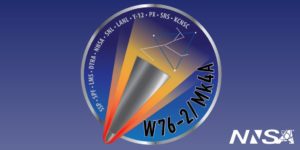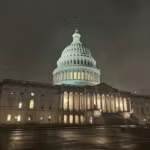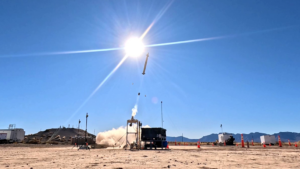
Members of the House Armed Services strategic forces subcommittee are proposing to withhold funding for retirement of the W76-2 warhead unless the military and National Nuclear Security Administration can prove there is no need for the lower-yield submarine-launched weapon. The proposal is included in the subcommittee’s markup of the 2024 National Defense Authorization Act (NDAA), along with an addition to the bill that would limit NNSA Administrator Jill Hruby’s travel unless she delivers reports Congress required in the last two…











